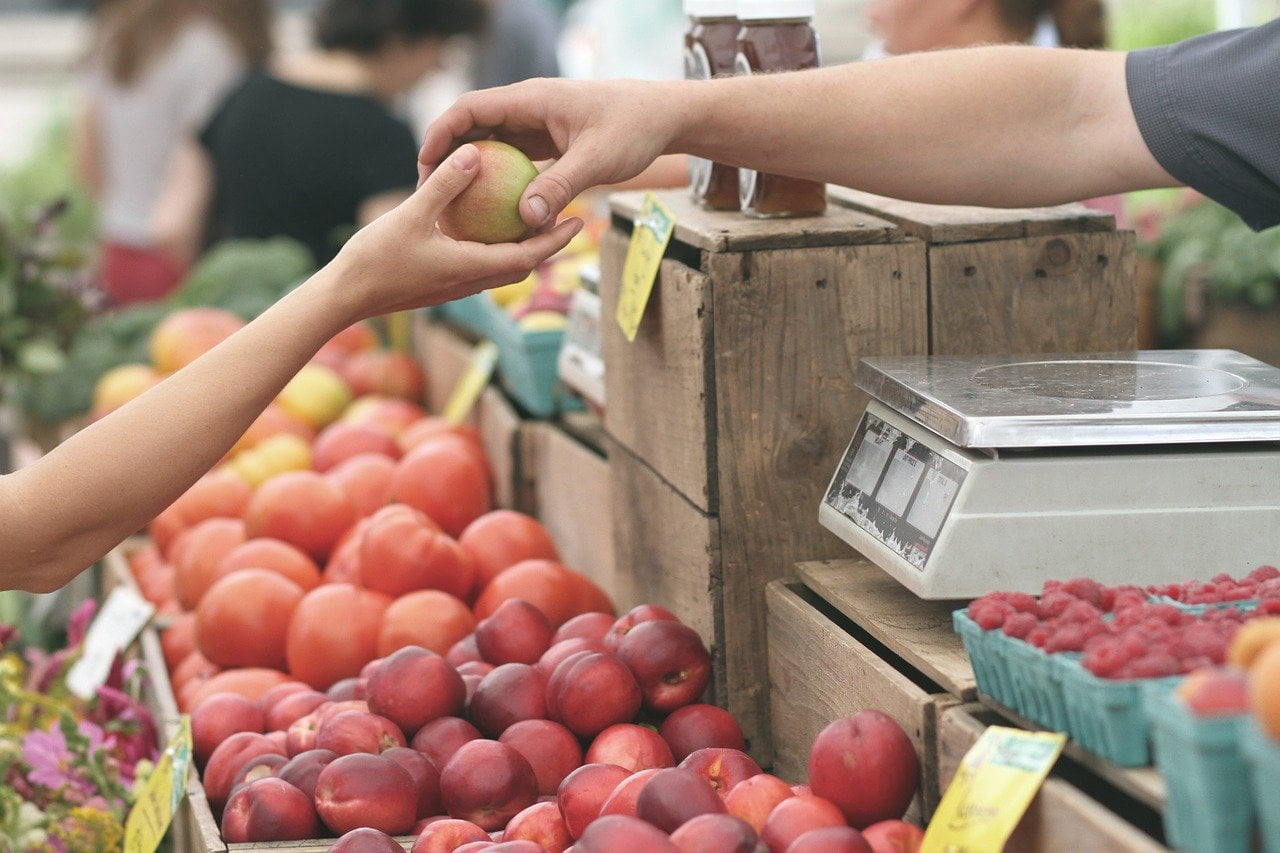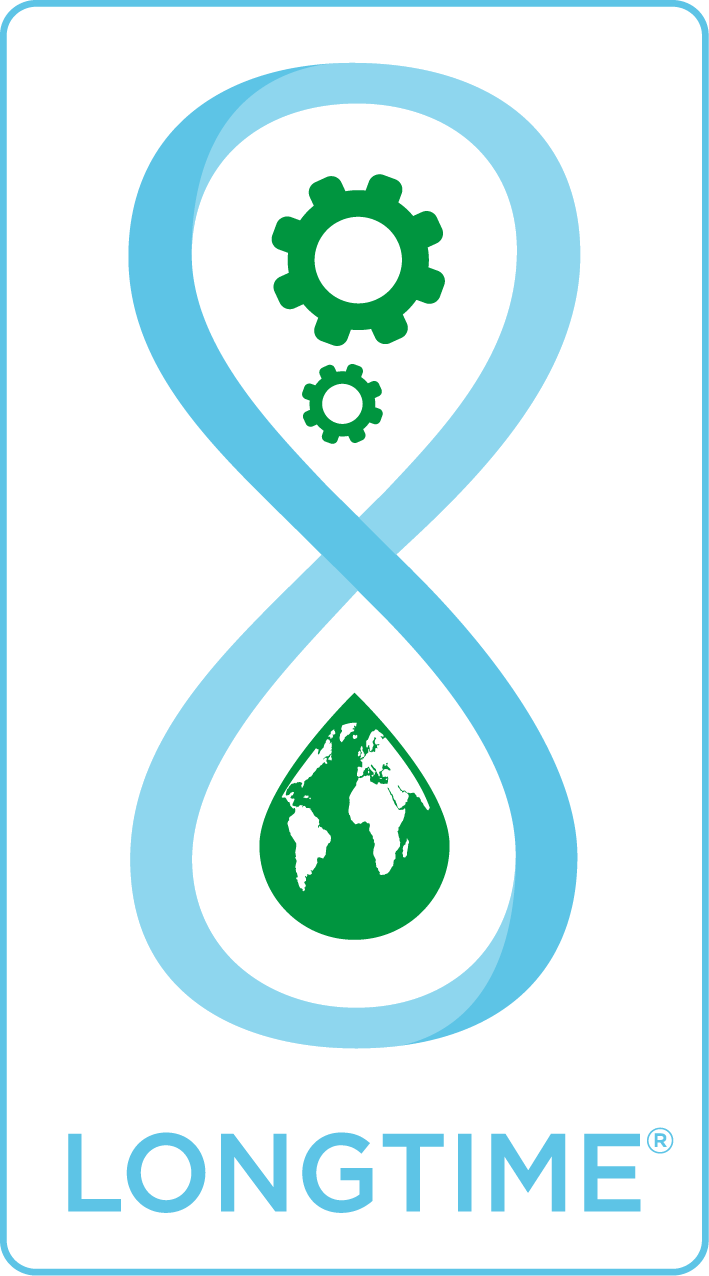Responsible consumption – All you need to know
The LONGTIME® label is part of a responsible and above all sustainable approach to consumption. Find out all about it here.
How to become a Responsible consumer?
Becoming a consum’acteur means becoming aware of our impact on the environment, generated by our consumer society, and reducing it by changing our behaviour through small everyday gestures. The objectives are clear: to combat the depletion of resources, reduce our energy consumption and cut the amount of waste we produce. Taking steps to consume differently is possible! One action at a time, without being radical and without overturning all your habits from one day to the next. For example, I choose companies or brands that are committed to sustainability and quality, and that have taken steps and measures to promote repair or second-hand economy (making spare parts available). I’m moving towards more responsible fashion, limiting the use of pesticides. I use the tools available to me to get more information about my purchases, such as labels.
By buying more ethically, using more sustainable, quality products and eating locally, I’m becoming a player in local economic development, part of the circular economy and doing my bit to preserve our environment;
What is responsible consumption?
According to the ADEME (Agence De l’Environnement et de la Maîtrise de l’Energie – French Environment and Energy Management Agency) definition, “responsible consumption should lead the buyer or consumer to make a choice that takes account of environmental impacts at all stages of the product’s life cycle”.
Responsible consumption, or eco-consumption in other words, is about going further, not just looking for information on how a product can be used, but also on its origins and its impact on the environment and society;
As consumers, we can all play our part in sustainable development and commit to ethical consumption.
Consuming responsibly may seem restrictive at first, because it seems to shake up our habits, but once practised and integrated, the practices take root and become self-evident, no longer perceived as an effort to be made.
Institutions and governments are beginning to take on board the need for transparent, impartial information to guide consumers towards responsible purchasing. One example is the AGEC (Anti Gaspillage pour une Economie Circulaire) law and its “reparability index ” component, which obliges manufacturers of certain product families to indicate on the shelf the degree of reparability of their product in the event of breakdown.
How to consume sustainably
All in all, sustainable consumption remains fairly accessible as long as you take a few steps to comply with it.
You’re already familiar with the most common ways of reducing your footprint: sorting your rubbish, switching off the lights when you leave a room, using the eco programme on your washing machine for short cycles, using a programmable thermostat, etc. There are other, more advanced initiatives that have a truly beneficial leverage effect and further reduce the environmental consequences of our consumption.
Choose to consume locally, whenever economically possible, to avoid having to transport goods across the globe. We can do this in our food by choosing seasonal French products, for example, which are now widely available on the shelves.
Favoring players who are aware of their impact and who fight in their own way for a circular economy. Brands that, for example, advocate sustainable products and prefer to repair rather than replace! Those who make spare parts readily available or offer solutions to make repairs easier for you. You can easily identify them thanks to a label that lists robust and repairable products, the LONGTIME® label.
Buy sparingly and sparingly. Of course, the fashion effect is understandable in textile consumption, but do we really need to have whole drawers of clothes and 10 pairs of shoes in every colour, most of which gather dust between seasons or fade into oblivion?
It’s natural to want to change horizons, to shake things up by buying new objects and furniture for pleasure! But why buy new at all? Why not get rid of unused products and give them a new lease of life thanks to the second-hand market?
Where can I find products for responsible consumption?
The first interesting places to engage in responsible consumption are going to be second-hand platforms. You’ve heard of them: Emmaüs, Envie, Vinted, LeBonCoin, to a certain extent, which allow you to invest in products that might end up in the garbage can if unsold, even though they’re still perfectly functional. In short, reuse to avoid having to produce the equivalent and consume resources unnecessarily.
For those who don’t feel comfortable using these platforms and prefer to refer to established players in the distribution field, it is possible to find alternatives with some of them.
Ikea, for example, has signed up with a resale platform on the bangs of its core business. Called “Circular Hub”, this new service offers new end-of-series items for sale at a competitive price, as well as second-hand items: display models, furniture returned in exchange for a credit note or simply slightly damaged aesthetically, but still fully functional. Investing in slightly used products can make you resistant, but we all like to have new goods. But after a few months of use, do you notice the small scratch on your dining room table or the microstain on your sofa? Wouldn’t it be better to buy such a product at a competitive price instead of letting it go to incineration?

When it comes to food, there is another way of consuming, via other channels. For people living in rural, peri-urban and, to a lesser extent, urban areas, AMAPs and cooperative or bulk supermarkets are interesting alternatives. Not forgetting, of course, the traditional open-air market! This model makes it possible to integrate a short consumption cycle at a competitive price. It’s an economical and socially responsible solution that favours direct sales and drastically limits the use of packaging by buying fresh seasonal food directly from the producer. When we talk about reducing our impact, we also need to look at Co2 production. It’s clear that eating local produce is far less polluting than eating fruit and vegetables produced in South America, packaged in Thailand and sold in France.
Is the cost of responsible consumption higher on a daily basis?
The cost of responsible consumption is not, as it might seem, necessarily higher on a day-to-day basis!
To take the example of AMAPs used above, the price of baskets is calculated to be as close as possible to the equivalent price in a supermarket, and is no more restrictive than a traditional shopping trip. It’s true that you have to arrange a meeting time with the producer, but you can avoid the interminable wait at the checkouts during rush hour.
When it comes to cost reduction and the economic benefits of sustainable purchases of manufactured goods, things are a little more complex. Let’s take a washing machine as a reference. A first entry-level model at 250€ versus a LONGTIME®-labeled product at 500€.
The first-price model will indeed be cheaper to buy, but will have a modest lifespan and will probably be replaced after 5 or 6 years or even less. This time, LONGTIME®-labelled washing machines are subject to rigorous specifications, with spare parts available for 14 years and easy, non-penalisable repair, so their lifespan will be much longer.
What’s the most interesting premise? Replace a €250 machine every 5 years or keep a €500 machine for 15 years? So yes, it may seem more expensive to buy ethically at the outset, but if you take a long-term view, you’ll soon realize that this expense will more than pay for itself.
What are the impacts of responsible consumption?
The benefits of responsible consumption are many and can be seen on several levels: ecological, economic and social.
A beneficial economic impact:
Responsible consumption is first and foremost about making sober choices. It’s about using your purchasing power in a controlled way, moving away from the mass consumption model and the profusion of goods.
This means thinking about logical, pragmatic purchasing choices that are more in tune with our real needs. Responsible consumption is economically viable in the long term. You may feel you’re spending more at the point of purchase, but you’re buying higher-quality, longer-lasting products, thereby delaying the expense of product replacement.
Responsible consumption also benefits the local and regional economy, and supports the creation of jobs that cannot be relocated. (Repair, agriculture)
A positive ecological impact:
Responsible consumption reduces our carbon footprint, helping to combat climate change, resource depletion and the production of premature waste.
It is no longer conceivable to continue extracting and thus depleting resources from finite origins. We can pin our hopes on new technologies in the hope that they will save us, but the most pragmatic and humbly applicable approach today is the transition to sustainable consumption.
An encouraging social impact:
The prospect of taking part in a civic movement and following tomorrow’s consumer trends helps to reinforce emerging convictions. We see it every day in the media, with the emergence of new distribution channels, new brands and new concepts. Numerous indicators suggest that this emerging consumer trend is not a temporary epiphenomenon.
Reinforced by European legislation and strategic guidelines, all companies, from the largest to the smallest, are starting to overhaul their production methods and adopt a CSR (Corporate Social Responsibility) approach.

